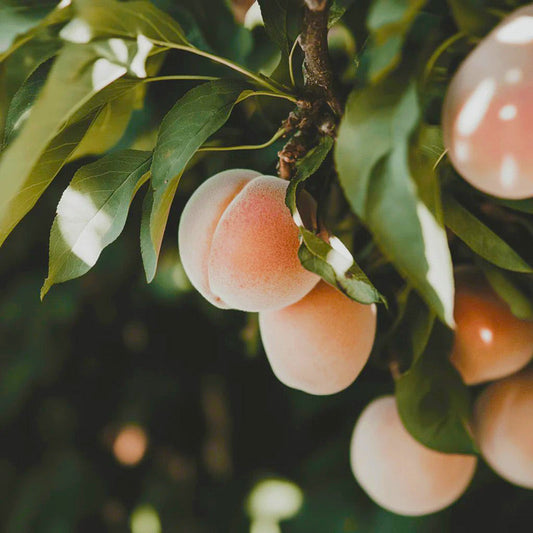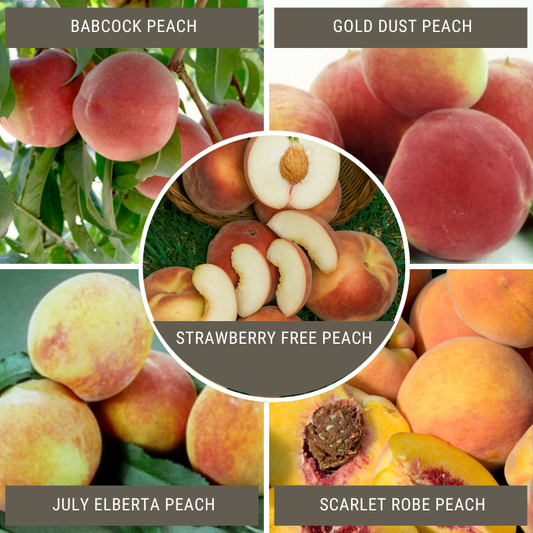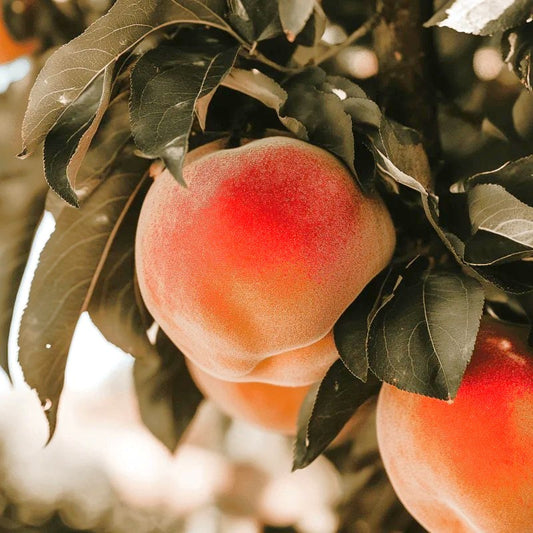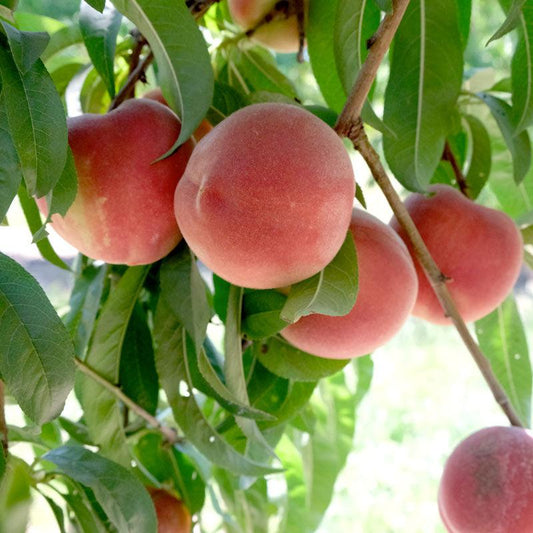Everything You Need to Know About Planting Peach Seeds and Growing Your Own Tree
Planting peach seeds is a fun and rewarding way to grow your own fruit trees from scratch. Whether you’ve just enjoyed a juicy summer peach and want to save the pit or you’re curious about how to grow a peach tree from seed, this simple project allows you to witness the entire life cycle of a tree—from sprouting seeds to harvest.
While growing a peach from seed takes patience, the process is fascinating and doesn’t require special equipment. With the right technique—including cold stratification, good soil, and plenty of full sun—you can raise a healthy young peach tree that may one day produce fruit of its own.

Why Grow Peach Trees from Seed
Starting peach trees from seed is an enjoyable project for both new and experienced gardeners. Unlike buying grafted trees, growing a peach from seed gives you a unique tree that may vary slightly from the parent, thanks to natural genetic diversity.
It’s also an excellent way to learn how fruit trees develop—from the moment you retrieve the seed to the time your trees produce ripe peaches. The process teaches patience, encourages hands-on learning, and rewards you with the beauty of spring blossoms and the sweet reward of homegrown fruit.
For those gardening in warm regions, check out our guide on planting peach trees in Zone 9 to learn which varieties thrive best in your local climate.
Understanding Peach Pits and Seeds
Peach Pit vs. Peach Seed
Each peach fruit contains a pit—the hard shell inside—which protects the actual seed within. To grow a peach tree from seed, you must first remove the seed from the pit. The seed is what will sprout roots and grow into a new tree.
After you’ve eaten your peach, rinse the pit thoroughly to remove any fruit flesh. Then allow it to go through a brief pit drying period at room temperature for a day or two before cracking it open.
How to Retrieve the Seed
Use a nutcracker or small hammer to crack open the pit carefully. Inside, you’ll find the seed that will eventually germinate. Be gentle—if you crush it, it won’t grow. Once you’ve removed the seed, it’s ready for the next step: cold stratification.

Cold Stratification: The Secret to Sprouting Peach Seeds
Peach seeds need to experience “winter” before they’ll sprout. This natural dormancy is broken by a process called cold stratification, which simulates cold seasonal conditions.
How to cold stratify peach seeds:
- Moisten a paper towel – Dampen it with room temperature water (not soaking wet).
- Wrap the seed – Place your cleaned seed inside the towel and fold it gently.
- Seal and refrigerate – Place the wrapped seed inside a plastic bag or airtight container and store it in the refrigerator—not the freezer—for 8–12 weeks.
- Check periodically – Keep the paper towel slightly moist and look for sprouting seeds. When a small root appears, it’s time to plant.
This process helps mimic natural winter cycles and prepares your peach seed for spring germination. You can store seeds in the refrigerator through winter, planting them when the weather begins to warm.
Planting Peach Seeds: Step-by-Step
Once the seed has completed cold stratification and shows signs of sprouting, it’s time to plant the seeds.
Step 1: Choose Where to Plant
If you live in a cold area, start your seed in a container indoors. Gardeners in warmer USDA Hardiness Zones can plant directly outdoors in spring.
Step 2: Prepare the Soil
Use a mix of potting soil and compost to create a fertile, well-draining environment. The pH should range between 6.0–7.0. For pH balance, explore our collection of pH-correcting fertilizers.
Step 3: Plant the Seed
Plant the germinated seed about 1–2 inches deep with the root tip pointing downward. Cover it lightly with soil and water gently.
Step 4: Provide Sunlight and Water
Peach trees from seed thrive in full sun. Choose a sunny window or outdoor spot that receives at least 6–8 hours of sunlight daily. Keep the soil moist but never soggy. Use room temperature water when watering to avoid shocking the young roots.

Transplanting the Young Peach Tree
Once your seedling reaches about 12–18 inches tall, it’s ready to move outdoors. Transplant in early spring, after the last frost.
Transplanting tips:
- Harden off seedlings by gradually introducing them to outdoor conditions over a week.
- Choose a site with plenty of full sun and well-drained soil.
- Dig a hole twice as wide as the root ball and water deeply after planting.
For a detailed transplanting guide, see our Transplant TLC article and browse our transplanting tools for the right equipment.
Adding a layer of biodegradable mulch helps retain soil moisture and suppress weeds—just keep it a few inches away from the trunk.
Caring for a Young Peach Tree
Watering and Fertilizing
Water your tree deeply once a week, especially during dry spells. In early spring, apply a balanced fertilizer to encourage growth. Learn more from our guide on fertilizing peach trees for healthy growth.
Pruning and Training
Pruning promotes airflow, reduces disease, and encourages fruiting wood. Learn the best methods in our guide on pruning fruit trees.
Pest and Disease Prevention
Watch for pests like aphids or fungal problems like peach leaf curl. Use organic sprays as needed. For expert tips, see our Peach Leaf Curl Control Guide or watch our Peach Leaf Curl video.
To keep ants away from ripening fruit, follow our tips on how to keep ants from eating peaches.
When Peach Trees Produce Fruit
It takes time to grow a peach tree from seed—usually 3 to 4 years before it begins to produce fruit.
With consistent care, adequate sunlight, and proper pruning, your tree will reward you with fragrant blossoms and sweet peaches in late summer.
To learn when to expect harvest, check our guide on when peaches are in season.
Final Thoughts
Planting peach seeds is more than a gardening experiment—it’s an act of patience and wonder. From retrieving the seed and cold stratification to caring for the young tree, every step brings you closer to tasting fruit from your very own peach tree.
If you want a faster start, explore our collection of bare root peach trees, already primed for quick establishment in your garden.






